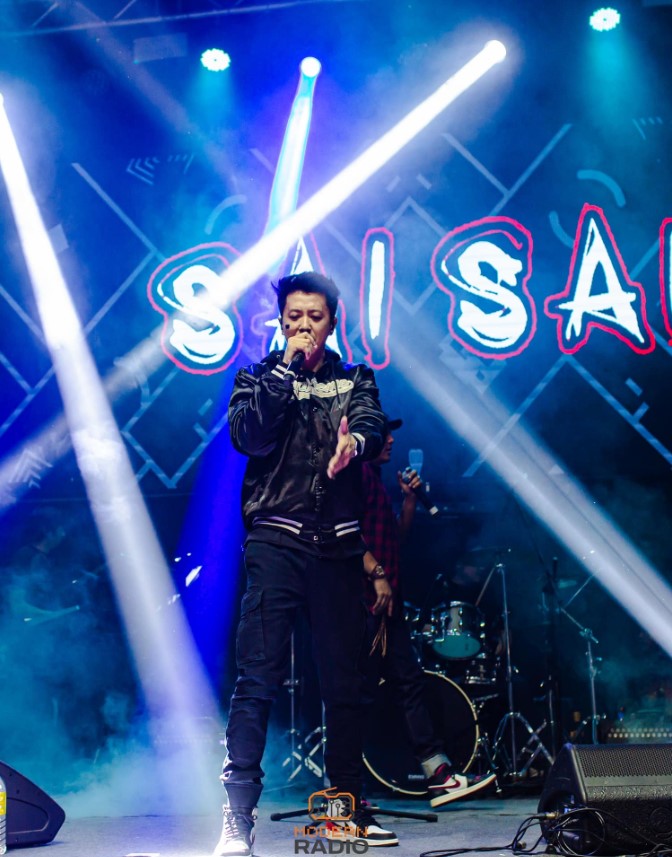








In the digital age, cities are becoming smarter, more interconnected, and more efficient than ever before, thanks to the integration of the Internet of Things (IoT) technology. From transportation to energy management, IoT is revolutionizing urban living, offering unprecedented opportunities for enhancing the quality of life in smart cities around the globe. In this article, we’ll delve into the various ways IoT is transforming urban landscapes and how it’s contributing to enhancing urban living.
1. IoT Applications in Urban Transportation
Improving Traffic Flow and Reducing Congestion
One of the significant challenges in urban areas is traffic congestion, leading to wasted time, increased pollution, and frustration among commuters. However, IoT-enabled smart transportation systems are addressing these issues by collecting real-time data from sensors embedded in roads, traffic signals, and vehicles.
Through advanced analytics and artificial intelligence, this data is used to optimize traffic flow, identify congestion hotspots, and dynamically adjust traffic signals to minimize delays. Additionally, IoT-powered smart navigation systems provide commuters with real-time traffic updates and alternate routes, reducing travel time and fuel consumption.
By leveraging IoT technologies, cities can create more efficient transportation networks, ultimately enhancing the mobility and quality of life for residents.
2. IoT Solutions for Energy Management in Smart Cities
Enhancing Energy Efficiency
Energy consumption in cities is a significant contributor to carbon emissions and environmental degradation. However, IoT offers innovative solutions for optimizing energy usage and promoting sustainability in urban environments.
Smart grids equipped with IoT sensors enable real-time monitoring of energy consumption patterns, allowing utilities to identify areas of inefficiency and implement targeted interventions to reduce waste. For instance, smart meters installed in homes and businesses provide consumers with insights into their energy usage, empowering them to make informed decisions and adopt more sustainable practices.
Furthermore, IoT-enabled smart buildings utilize sensors to regulate heating, cooling, and lighting based on occupancy levels and environmental conditions, resulting in significant energy savings without compromising comfort or convenience.
By integrating IoT into energy management systems, smart cities can reduce their ecological footprint while ensuring a reliable and affordable energy supply for all residents.
3. IoT and Public Safety in Smart Cities
Enhancing Emergency Response Systems
Ensuring the safety and security of citizens is a top priority for urban planners and policymakers. IoT technologies play a crucial role in improving emergency response systems and disaster management strategies in smart cities.
For example, IoT-enabled surveillance cameras and sensors can detect anomalies such as fires, floods, or accidents in real-time, allowing authorities to respond swiftly and mitigate potential risks. Additionally, wearable devices equipped with IoT technology enable first responders to monitor vital signs and locate individuals in distress during emergencies.
Moreover, IoT-powered predictive analytics can anticipate and prevent crimes by analyzing data from various sources, including social media, weather patterns, and historical crime data. By deploying resources more effectively and proactively addressing potential security threats, smart cities can create safer and more resilient communities for their residents.
In conclusion, the Internet of Things (IoT) is revolutionizing urban living by providing innovative solutions to the complex challenges facing modern cities. From transportation and energy management to public safety and beyond, IoT technologies are enhancing efficiency, sustainability, and quality of life in smart cities around the world. By embracing IoT and harnessing its transformative potential, cities can create more livable, resilient, and prosperous urban environments for current and future generations.